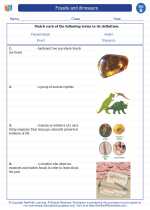Soma: Understanding the Basic Unit of Life
As a second grade science tutor, let's dive into the fascinating topic of the soma, also known as the cell. Cells are the basic building blocks of all living things, from plants to animals to humans. They are so small that they can only be seen under a microscope, but they play a crucial role in the functioning of living organisms.
What is a Soma?
The soma, or cell, is the smallest unit of life. It is like a tiny factory that carries out all the processes necessary for an organism to live and grow. Each cell is surrounded by a membrane that holds the cell together and controls what goes in and out. Inside the cell, there is a jelly-like substance called cytoplasm, where all the important structures are located.
Types of Cells
There are different types of cells, each with its own specific function. For example, plant cells have a cell wall and chloroplasts for photosynthesis, while animal cells do not. Our bodies are made up of many different types of cells, such as muscle cells, nerve cells, and blood cells. Each type of cell has a unique job to do.
Functions of a Soma
Cells carry out a wide range of functions to keep living organisms alive. They produce energy, make proteins, replicate themselves, and get rid of waste. In plants, cells also help in the process of photosynthesis, which is how plants make their own food.
Cell Study Guide
- What is a soma?
- What are the main parts of a cell?
- Give an example of a type of cell and its function.
- What are the different functions of cells?
Understanding the soma, or cell, is fundamental to understanding life itself. It's amazing to think that all living things are made up of these tiny, but incredibly important, building blocks!
.◂Science Worksheets and Study Guides Second Grade. Fossils and dinosaurs

 Activity Lesson
Activity Lesson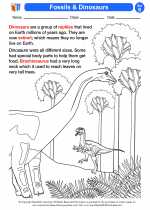
 Worksheet/Answer key
Worksheet/Answer key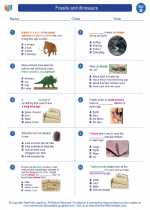
 Worksheet/Answer key
Worksheet/Answer key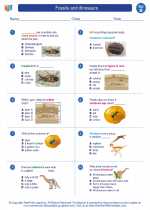
 Worksheet/Answer key
Worksheet/Answer key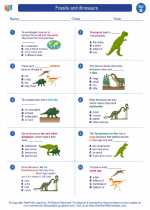
 Worksheet/Answer key
Worksheet/Answer key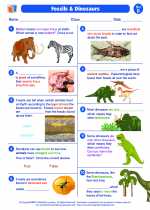
 Vocabulary/Answer key
Vocabulary/Answer key